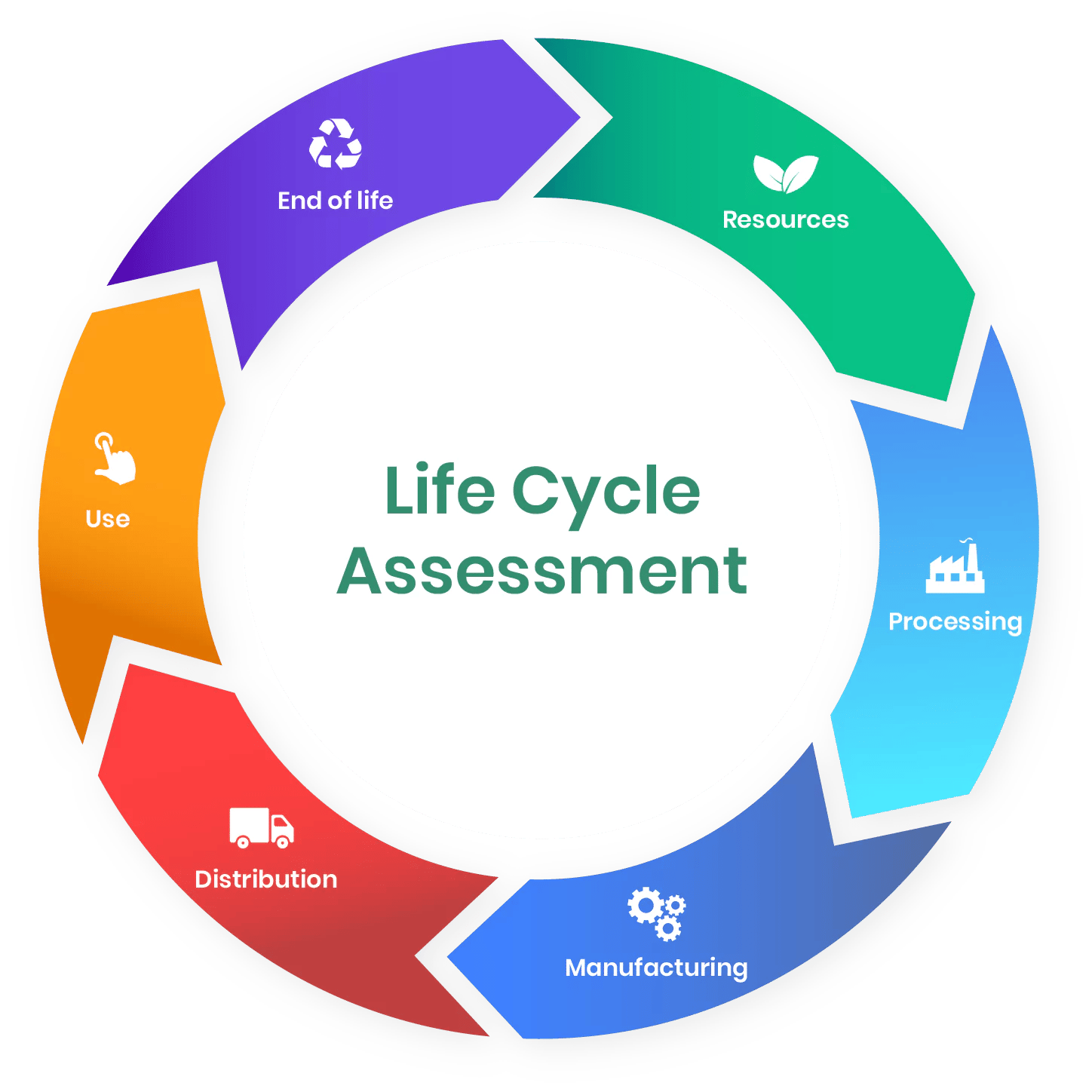
Source: Pexels
What every green building expert needs to know about LCA
Understanding lifetime impacts via Life-cycle Assessment (LCA) is critical to achieving carbon neutral or net zero carbon construction targets. However, newcomers to LCA can find it hard to know where to start, leading to lost opportunities to reduce impact. This article aims to summarize the key concepts underpinning LCA so you can incorporate it into your work.
What is Life-cycle assessment?
LCA is a standardized, science-based tool for quantifying the impact in order to assess lifetime environmental impact.
It takes a lifetime perspective
LCA takes into consideration all the steps that lead from raw material through manufacture, distribution and usage to final disposal.

It provides both the big picture and the fine details
An LCA can both measure a building’s lifetime impacts and, at the same time, quantify the impact of a single material in the building.
It is science-based and covers a wide range of environmental impacts
Calculating greenhouse gas emissions (or a carbon footprint) is just one dimension of an LCA, which can also assess impacts such as ozone depletion, eutrophication, impact on human health and much more.
It is underpinned by international standards
Results obtained via an LCA can be trusted as they are based on international standards, ISOs 14040 and 14044. This helps to ensure consistency, reliability and independence from commercial pressure.
Benefits of conducting a building LCA
In the construction sector conducting an LCA provides a number of tangible benefits:
Reduce environmental impact by:
- Evaluating building site options to select the lowest impact choice.
- Comparing the environmental impacts of renovating rather than demolishing and building anew.
- Comparing design alternatives to choose the lowest impact ones.
- Identifying a building’s environmental hotspots and taking action to reduce them.
- Calculating the lifetime impact of building materials and products to help find the most sustainable options.
Gain certification credits
LCA is a significant credit in BREEAM, LEED v4 and many other certification schemes. Read more on this below.
Comply with whole life carbon regulations
Governments are increasingly recognizing the need to legislate to reduce whole life carbon (that is operational and embodied carbon emissions) in construction. LCAs are a mandatory part of many of the new laws and policies.
Read more about increasing whole life carbon: Unregulated energy use and carbon emissions from buildings – and how it is changing.
Create cost-efficient benchmarks
LCA can be totally automated from existing design data and fully integrated into the workflow without disrupting it or slowing it down. This enables cost-efficient benchmarking.
Improve transparency
Clients, investors, tenants and others are increasingly seeking transparency over a building’s environmental impacts. LCA is the most reliable and transparent way to do this.
Comply with Scope 3 GHG reporting requirements
By taking a lifetime approach, an LCA can quantify both operational emissions and the impact of construction materials and processes, the so-called Scope 3 emissions needed to comply with many corporate environmental policies.
LCA credits for green building certifications
LCA has been widely adopted as an important credit for all green building certifications for a good reason: it is a reliable, secure way to effectively measure the sustainability of products, processes, and services.
LEED: The newest release, LEED v4, has introduced a major new credit, Whole Life Impact Reduction, which is worth 3 base points, 1 exemplary point, and a regional priority (for example in Sweden, Canada, and many U.S. states).
By using LCA you can earn credits while improving your building and following a natural design process: comparing alternatives, identifying problems, and solving them within the design itself. One Click LCA fully supports the LEED v4 LCA process.
In BREEAM LCA is one of the most important credits: the Mat 1 credit is worth up to 6 credits plus an exemplary credit, which One Click LCA is uniquely tailored to deliver. On cost per credit Mat 01 LCA is arguably the most cost-efficient credit. You can use the automated LCA reports to easily obtain credits also for other certifications, like DGNB, HQE, BBCA, VERDE, HQM, DREAM, CEEQUAL, PAS 2080, Envision, and multiple national schemes.
How does LCA work in practice?
One Click LCA automates LCA, so you can quickly generate a ready-to-use LCA report in just 3 stages:
-
Import your design data from Building Information Models (BIM), energy models (gbXML), or even Excel spreadsheets.
-
Your data is automatically transformed to LCA results in compliance with your chosen certification scheme.
-
Analyse the results to identify the most meaningful improvement opportunities to deliver an even better project.
Once you have your LCA report you can immediately identify the hotspots of your building when it comes to carbon footprint and intervene to fix those issues.
You will then be able to track the progress of your building and immediately check which design options would help to reduce your building’s environmental impact.
You can perform an LCA anywhere in the world if you have at your disposal a reliable, up-to-date database.
We review, verify, curate and integrate data from a huge range of sources into the One Click LCA database in order to give you access to the world’s largest environmental construction database.

